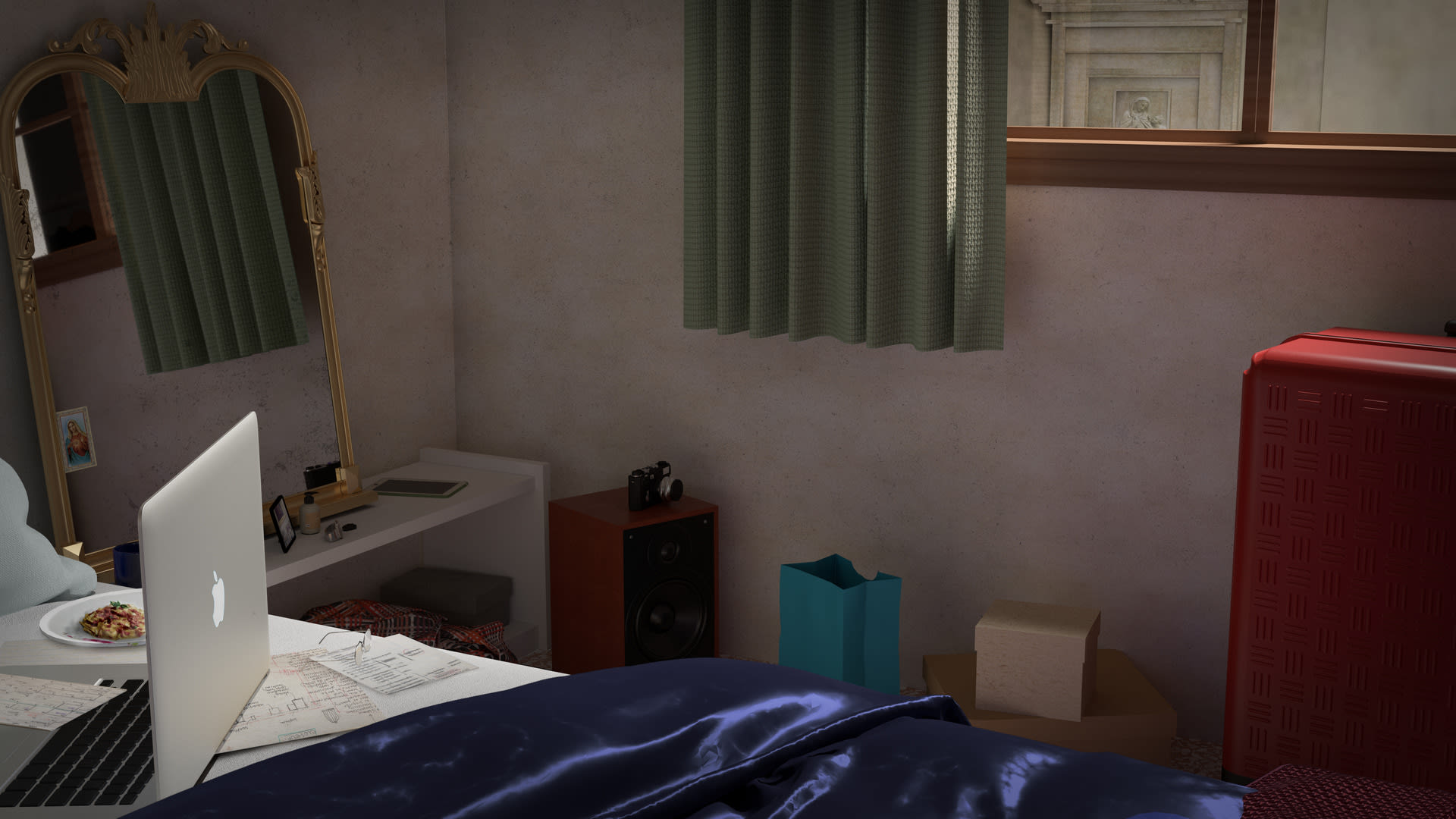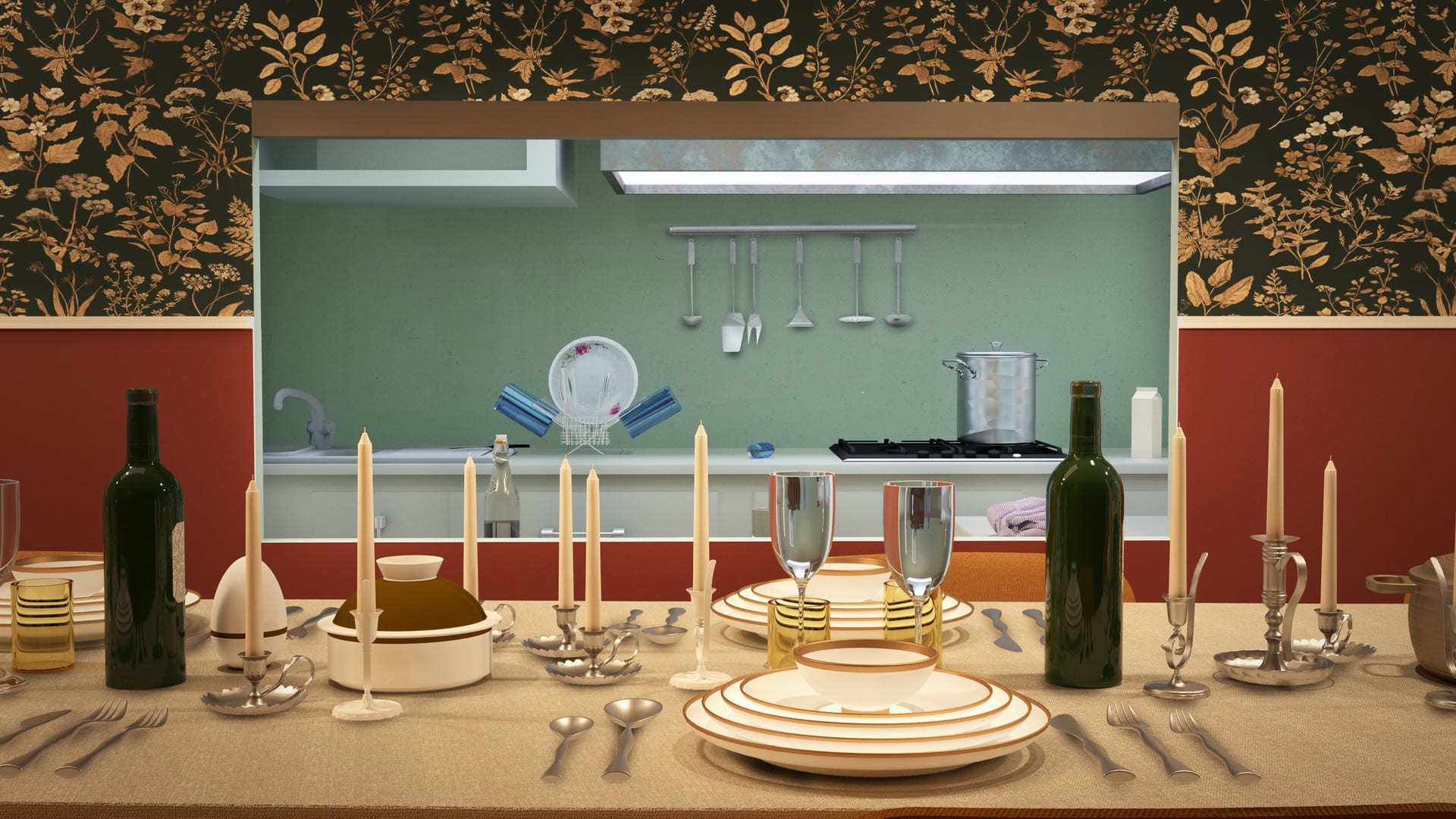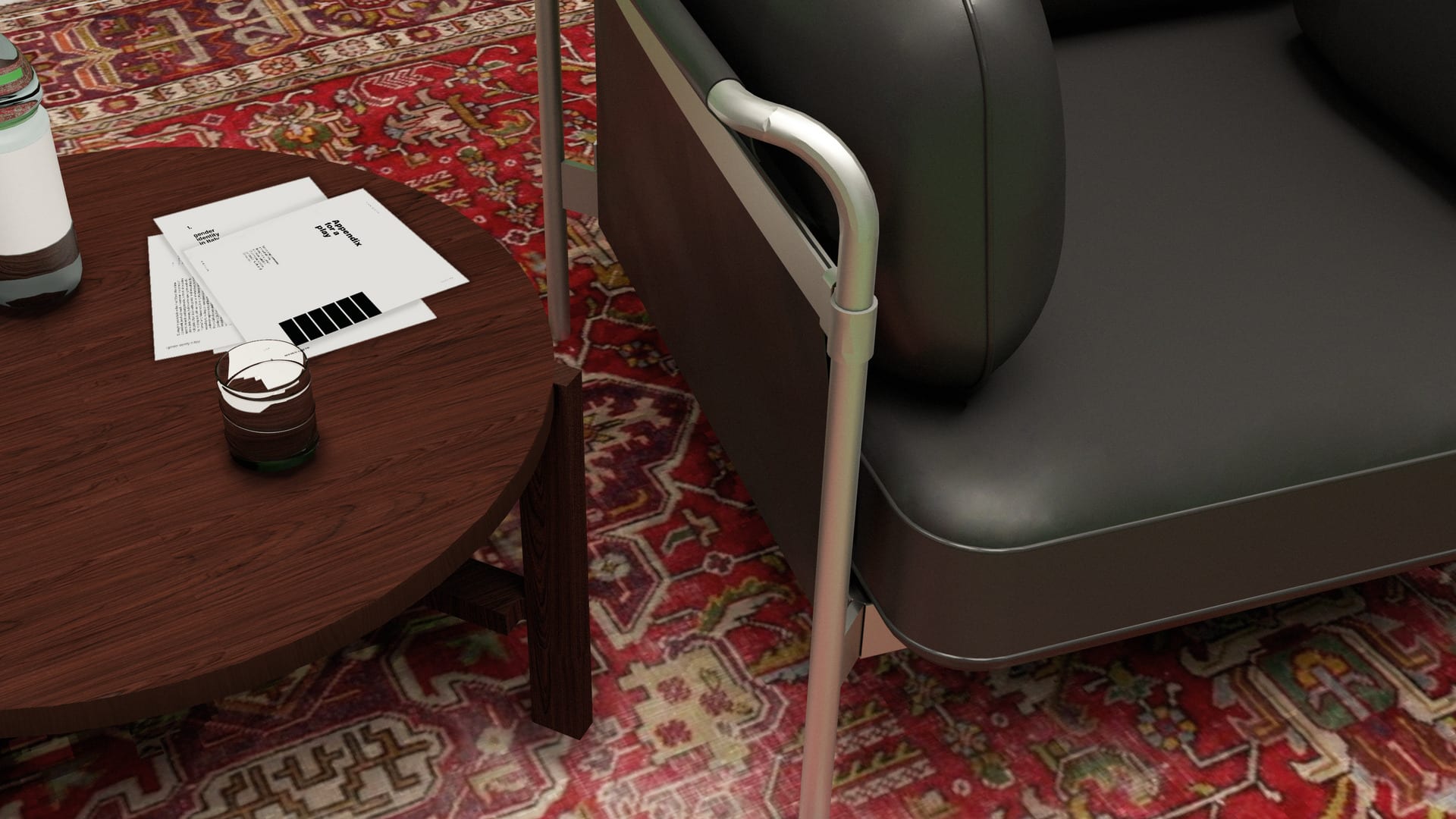Elisabetta is an architect and multidisciplinary designer based in London. After completing her undergraduate degree at the University of Florence in 2018, she worked and collaborated with different practices in Florence, Copenhagen and London in the fields of architecture, interior and exhibition design, creating physical and digital installations.
Originally from Italy, through the unpacking of her personal experience she investigates the impact of Italian culture and society on the perception of bodies, femininity and the creation of self-identity. Engaging with different media, such as text, photography, image making and film, her practice explores the fictional world of the interiors and domestic as a material stage for a performance.



















